Home>Gardening & Outdoor>Outdoor Structures>How Close Can A Shed Be To The Property Line
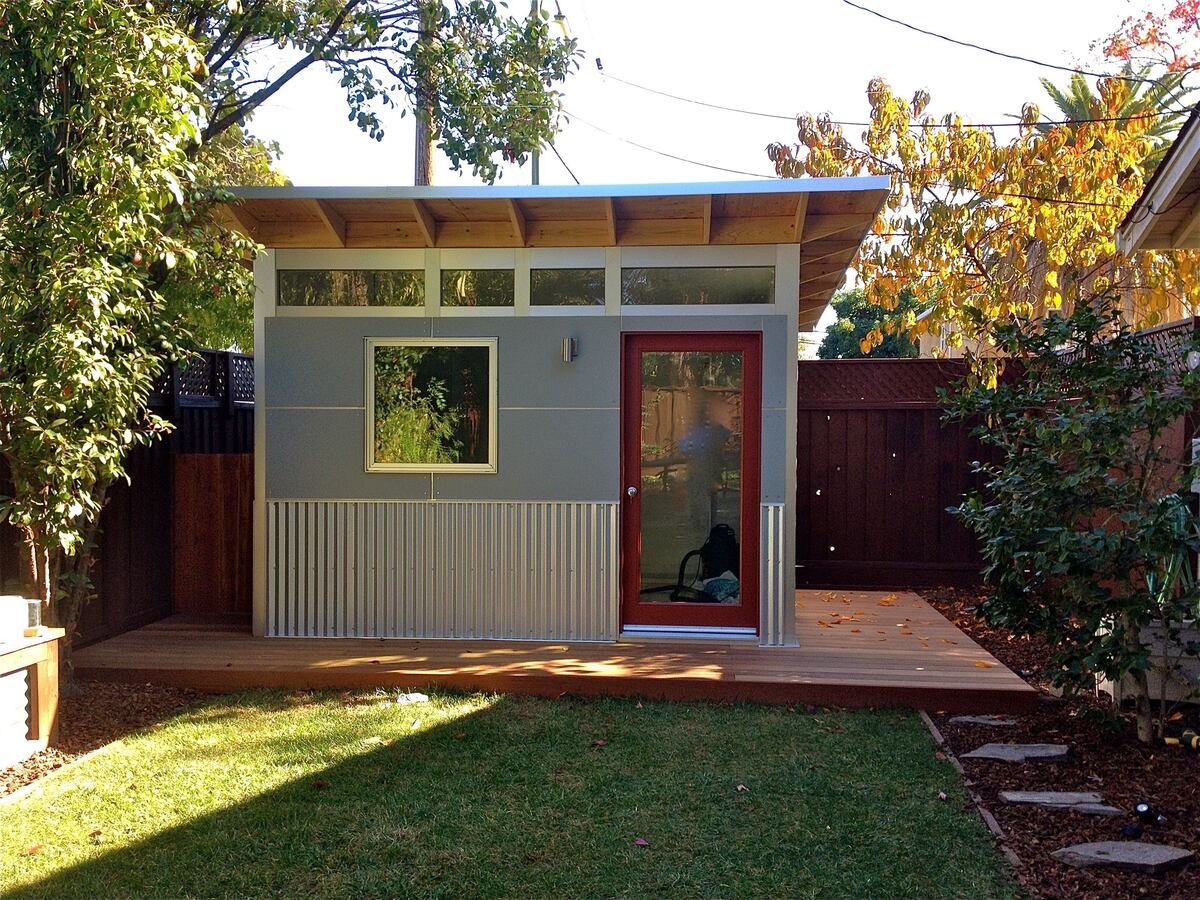

Outdoor Structures
How Close Can A Shed Be To The Property Line
Published: January 19, 2024
Discover the regulations for placing outdoor structures near your property line. Learn how close a shed can be to the property line and avoid legal issues. Explore the guidelines for building outdoor structures.
(Many of the links in this article redirect to a specific reviewed product. Your purchase of these products through affiliate links helps to generate commission for Storables.com, at no extra cost. Learn more)
Introduction
Understanding Property Line Setbacks
When it comes to constructing outdoor structures like sheds, it’s crucial to consider the proximity to the property line. Property line setbacks, also known as building setbacks, refer to the minimum distance required between a structure and the property line. These setbacks are established by local zoning regulations and building codes to ensure safety, accessibility, and neighborhood aesthetics.
Failure to adhere to property line setbacks can lead to legal disputes, costly relocation, or even demolition of the structure. Therefore, it's essential for property owners to have a clear understanding of these regulations before embarking on any construction project.
In this article, we will delve into the intricacies of property line setbacks, local zoning regulations, building codes, and the potential legal implications of encroaching on property lines. By shedding light on these aspects, property owners can make informed decisions and avoid potential conflicts with neighbors and local authorities. Let's explore the factors that dictate how close a shed can be to the property line.
Understanding Property Line Setbacks
Property line setbacks are the minimum distances that outdoor structures, such as sheds, must maintain from the boundaries of a property. These setbacks are established to serve various purposes, including safety, accessibility for maintenance, and preserving the visual harmony of neighborhoods. While the specific setback requirements can vary based on local regulations and zoning ordinances, they are generally intended to prevent overcrowding, minimize fire hazards, and maintain a pleasing streetscape.
When considering the placement of a shed in relation to the property line, it’s essential to recognize that setbacks are not arbitrary rules but rather carefully considered standards that contribute to the overall livability and safety of a community. By respecting these setbacks, property owners can contribute to a well-organized and aesthetically pleasing neighborhood environment.
Understanding the specific setback requirements in a particular area is crucial before planning any construction. By doing so, property owners can avoid potential conflicts with neighbors and local authorities, ensuring a smoother and more compliant building process. As we delve deeper into this topic, we will explore the intricacies of local zoning regulations and building codes, shedding light on the factors that dictate how close a shed can be to the property line.
Local Zoning Regulations
Local zoning regulations play a pivotal role in determining the permissible placement of sheds in relation to property lines. These regulations are established by municipal governments to manage land use and development within their jurisdictions. Zoning ordinances categorize areas into different zones, such as residential, commercial, and industrial, each with its own set of regulations governing land use, building size, and setbacks.
Within residential zones, specific guidelines dictate the minimum distance that a shed must maintain from the property line. These regulations aim to safeguard the privacy and well-being of neighboring properties while upholding the overall aesthetics of the community. Property owners must familiarize themselves with the zoning regulations applicable to their property to ensure compliance with the prescribed setback requirements.
Variances in zoning regulations can exist not only between different municipalities but also within the same jurisdiction, as specific neighborhoods or subdivisions may have distinct requirements. It is imperative for property owners to consult the local zoning authority or planning department to obtain accurate information regarding setback regulations for sheds. This proactive approach can prevent potential violations and mitigate the risk of disputes with neighbors or regulatory bodies.
Moreover, as zoning regulations are subject to updates and amendments, staying informed about any changes that may impact setback requirements is essential. By remaining abreast of these regulations, property owners can make well-informed decisions when planning the placement of a shed on their property.
Check your local zoning regulations for the specific setback requirements for sheds. In general, sheds should be at least 5-10 feet from the property line to comply with most regulations.
Building Codes and Permits
Building codes and permits are critical considerations when determining how close a shed can be to the property line. These regulations are established to ensure the structural integrity, safety, and compliance of all constructions, including outdoor structures like sheds. Adhering to building codes and obtaining the necessary permits is essential for property owners to avoid potential legal repercussions and safeguard the well-being of their community.
Building codes outline specific standards for construction, covering aspects such as foundation requirements, structural stability, and fire safety measures. These codes are designed to mitigate potential hazards and ensure that structures are built to withstand environmental forces and usage over time. When constructing a shed, property owners must adhere to the applicable building codes to guarantee the safety and longevity of the structure.
Securing the requisite permits from the local building authority is equally vital. Building permits serve as official approval for the proposed construction, indicating that it complies with zoning regulations and building codes. As part of the permit application process, property owners may need to provide detailed plans indicating the location of the shed in relation to the property line, demonstrating compliance with the prescribed setbacks.
Before commencing construction, it is imperative to verify whether a building permit is required for the installation of a shed, as regulations can vary based on factors such as the shed’s size and intended use. Failure to obtain the necessary permits can result in costly penalties and potential orders to remove the non-compliant structure.
By understanding and adhering to building codes and permit requirements, property owners can navigate the process of installing a shed within the appropriate distance from the property line while ensuring compliance with safety and regulatory standards.
Boundary Disputes and Legal Considerations
Property line setbacks are closely intertwined with boundary disputes and legal considerations, making it essential for property owners to navigate these matters with care and awareness. Encroachment on neighboring properties or violations of setback requirements can lead to contentious boundary disputes and legal entanglements, potentially resulting in costly litigation and strained relationships with neighbors.
Disputes arising from the placement of sheds in close proximity to property lines can escalate into complex legal issues, requiring resolution through mediation, arbitration, or even court proceedings. Such disputes not only entail financial costs but also entail emotional strain and disruption of neighborly relations. Therefore, preemptive measures to avoid these conflicts are crucial.
Property owners must prioritize clear communication and collaboration with neighboring property owners when planning the installation of a shed. Open dialogue and transparency regarding the proposed construction, including its location and adherence to setback regulations, can mitigate misunderstandings and prevent potential disputes. Additionally, seeking professional guidance from surveyors or legal experts to accurately demarcate property lines can provide clarity and prevent inadvertent encroachments.
Understanding the legal implications of property line setbacks and diligently adhering to the prescribed regulations and building codes are vital steps in mitigating the risk of boundary disputes. By proactively addressing these considerations, property owners can foster amicable relationships with neighbors and uphold the integrity of their community while enjoying the benefits of their outdoor structures.
Read more: How Close Can Fence Be To Property Line
Conclusion
Property line setbacks are pivotal considerations when planning the placement of outdoor structures such as sheds. By understanding and adhering to these setbacks, property owners contribute to the safety, aesthetics, and harmonious coexistence within their communities. Local zoning regulations, building codes, and legal considerations collectively shape the framework within which property line setbacks operate, emphasizing the importance of compliance and proactive communication.
Property owners are encouraged to familiarize themselves with the specific setback requirements applicable to their property, consulting local zoning authorities and building departments for accurate information. By obtaining the necessary permits and adhering to building codes, they can ensure that their shed is constructed in compliance with safety and regulatory standards.
Moreover, prioritizing open communication and collaboration with neighbors can prevent potential boundary disputes, fostering positive relationships within the community. Clear delineation of property lines and respectful adherence to setbacks can mitigate the risk of conflicts and legal entanglements, preserving the tranquility and cohesion of the neighborhood.
In conclusion, property line setbacks are not merely regulatory constraints but integral components of responsible and considerate property ownership. By honoring these setbacks, property owners contribute to the well-being of their communities while enjoying the benefits of their outdoor structures in a manner that respects the rights and tranquility of their neighbors.
Frequently Asked Questions about How Close Can A Shed Be To The Property Line
Was this page helpful?
At Storables.com, we guarantee accurate and reliable information. Our content, validated by Expert Board Contributors, is crafted following stringent Editorial Policies. We're committed to providing you with well-researched, expert-backed insights for all your informational needs.

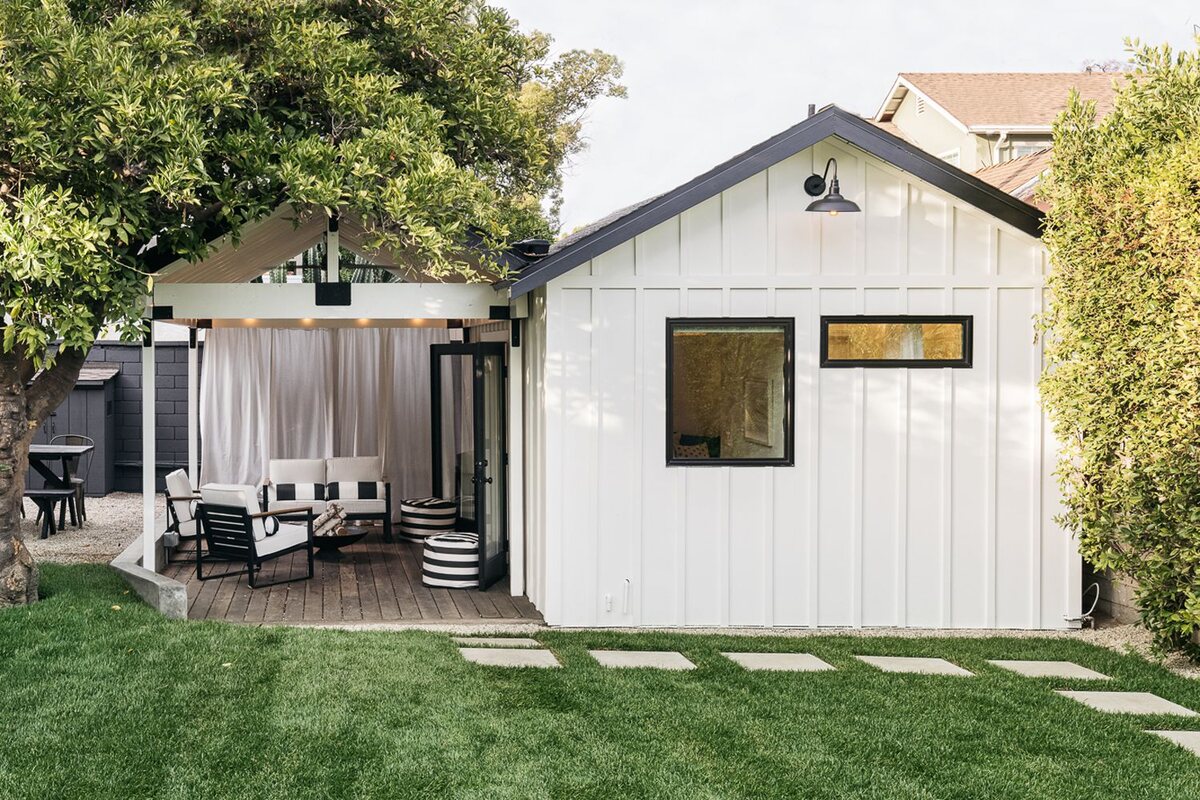
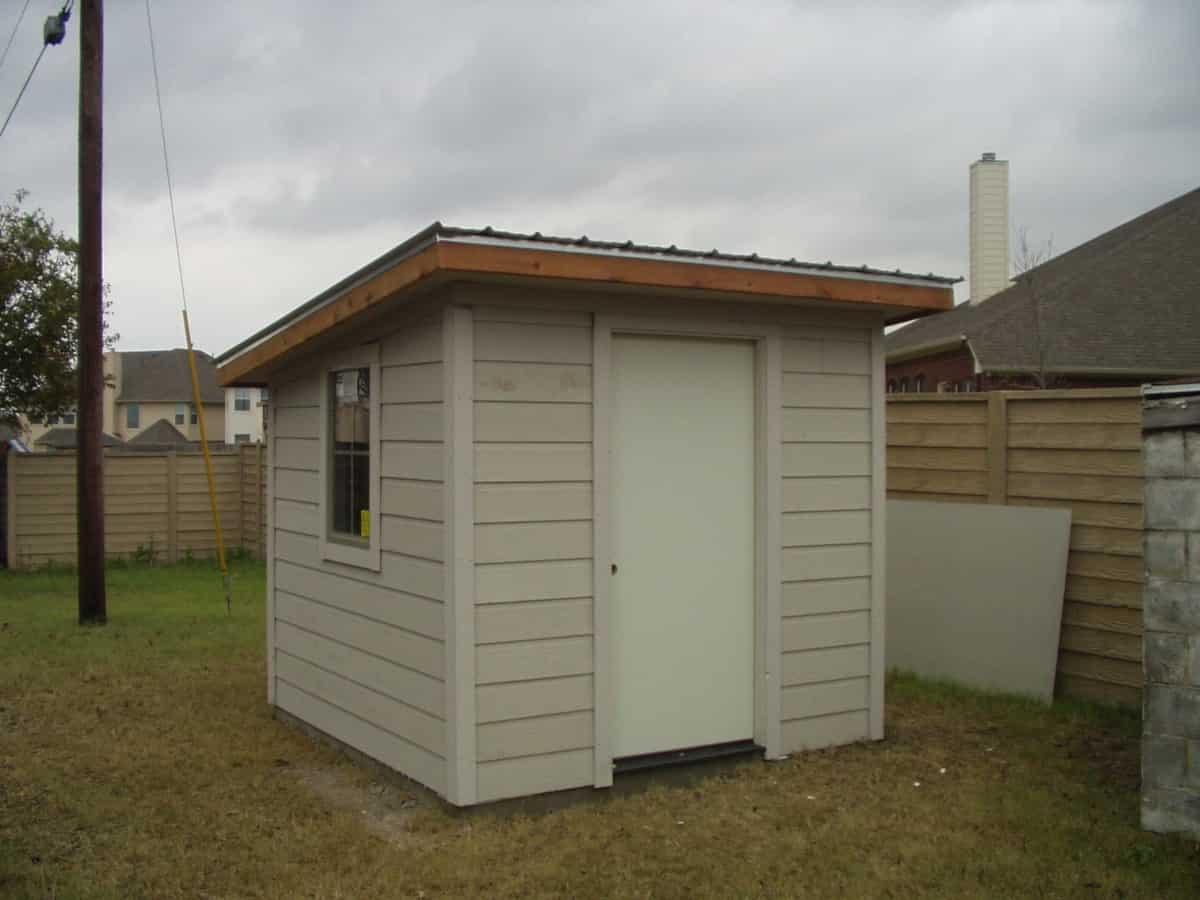
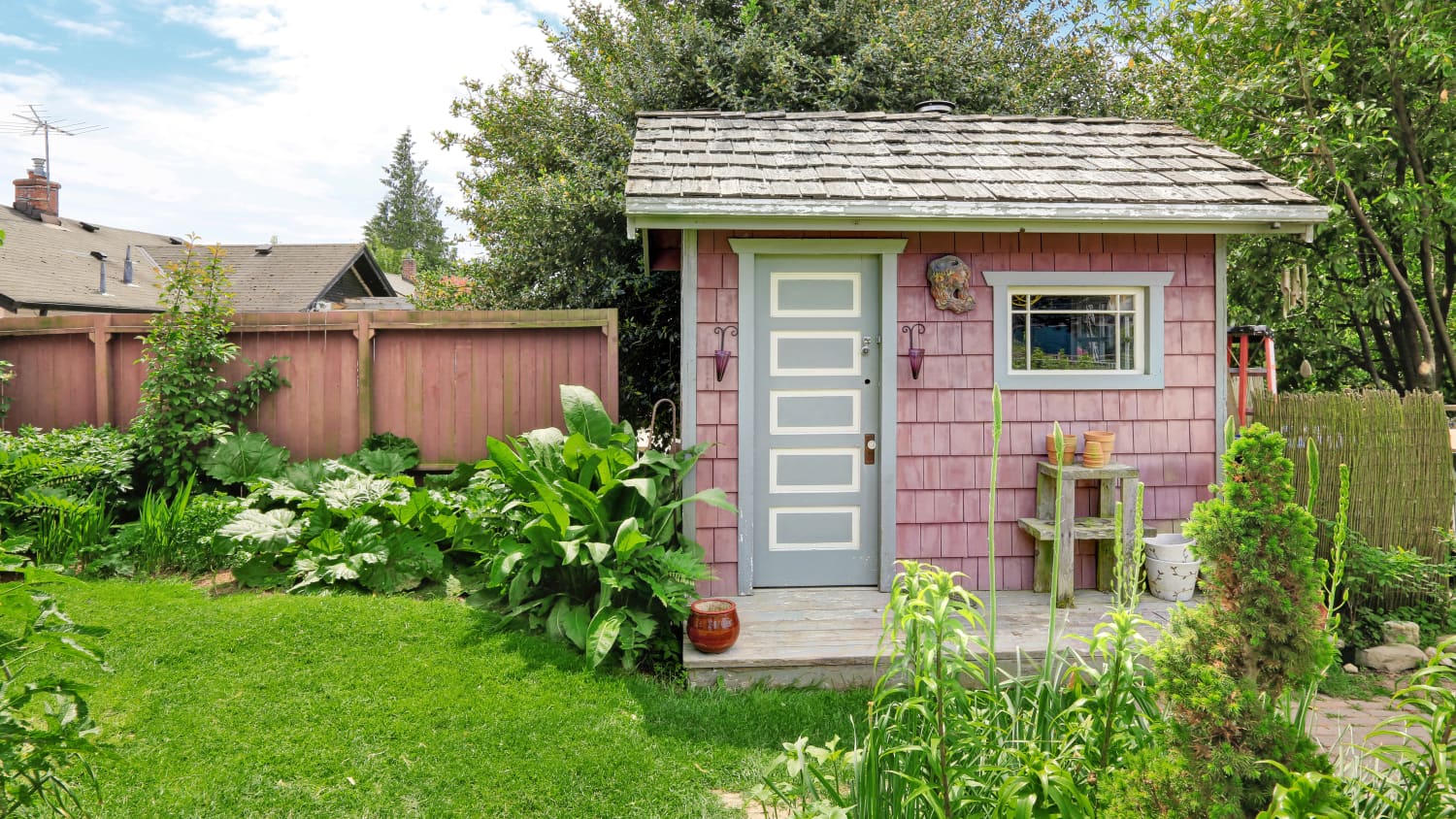
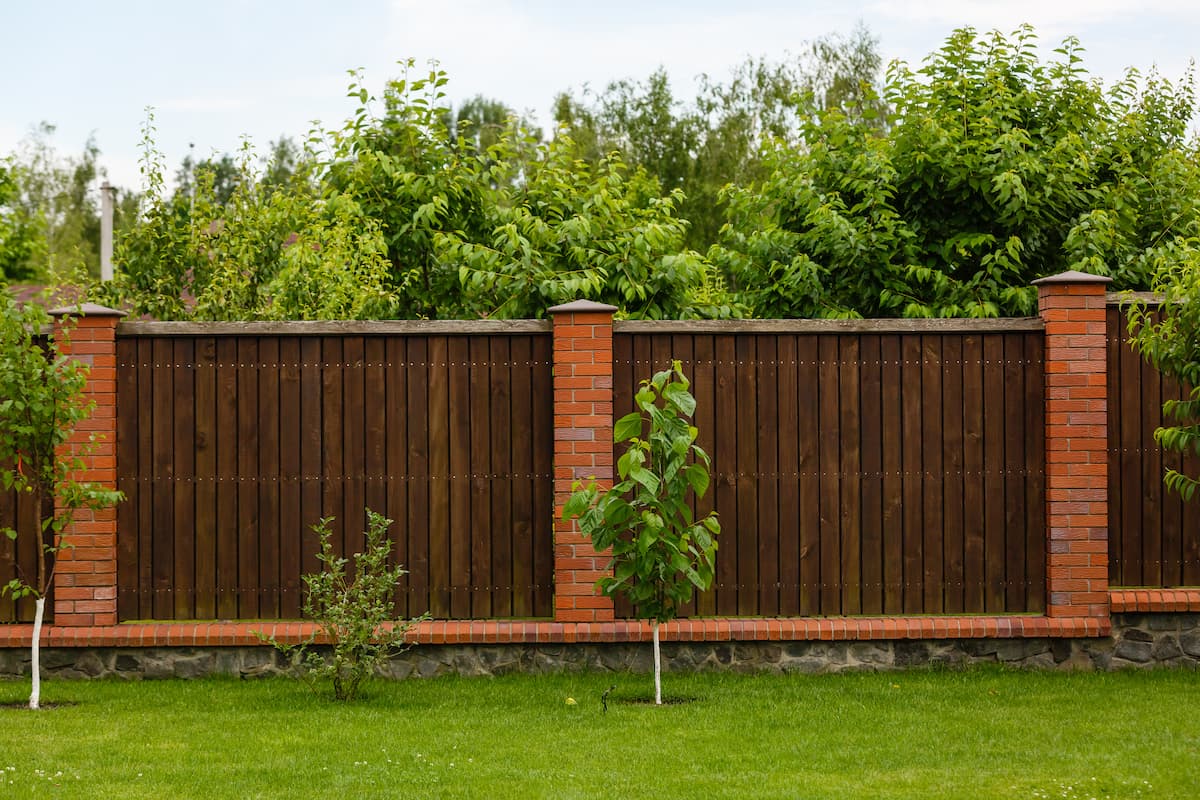

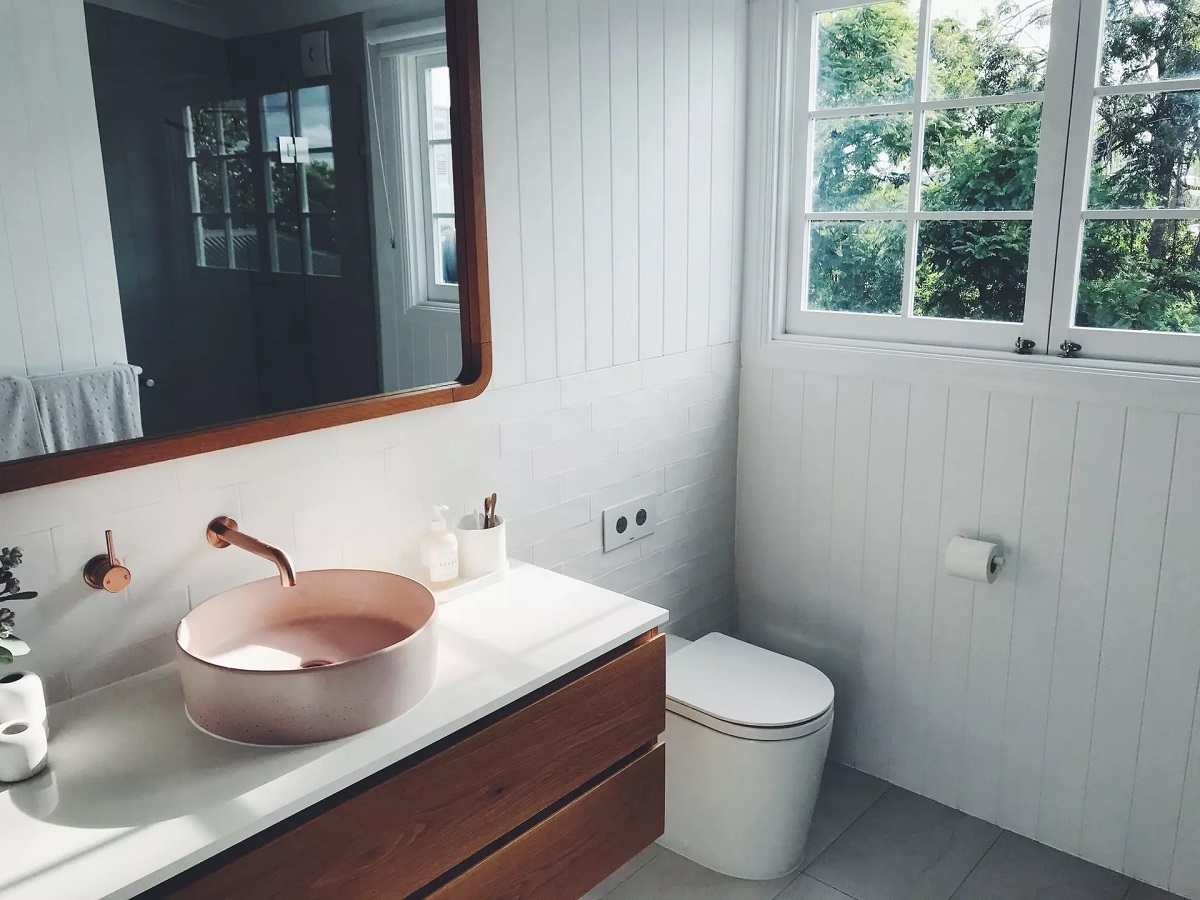
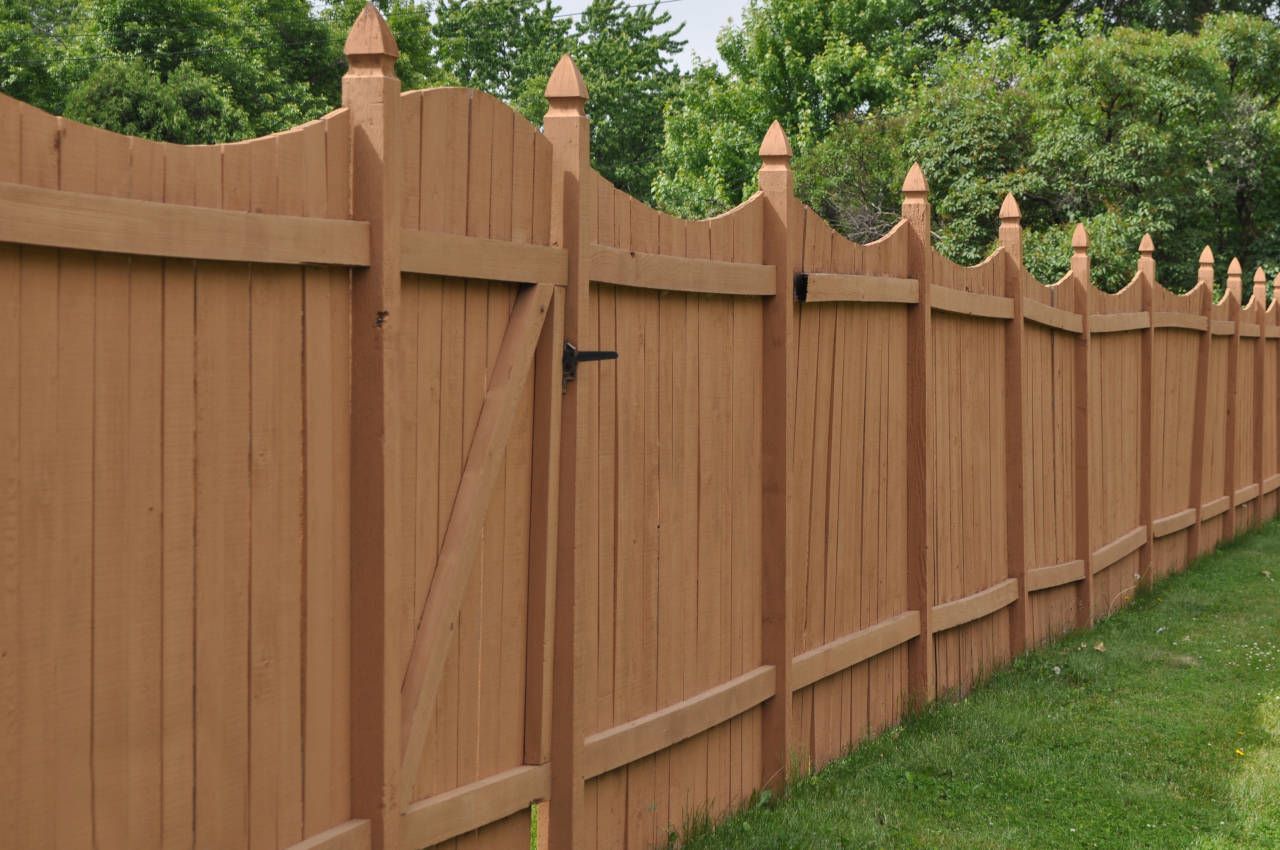

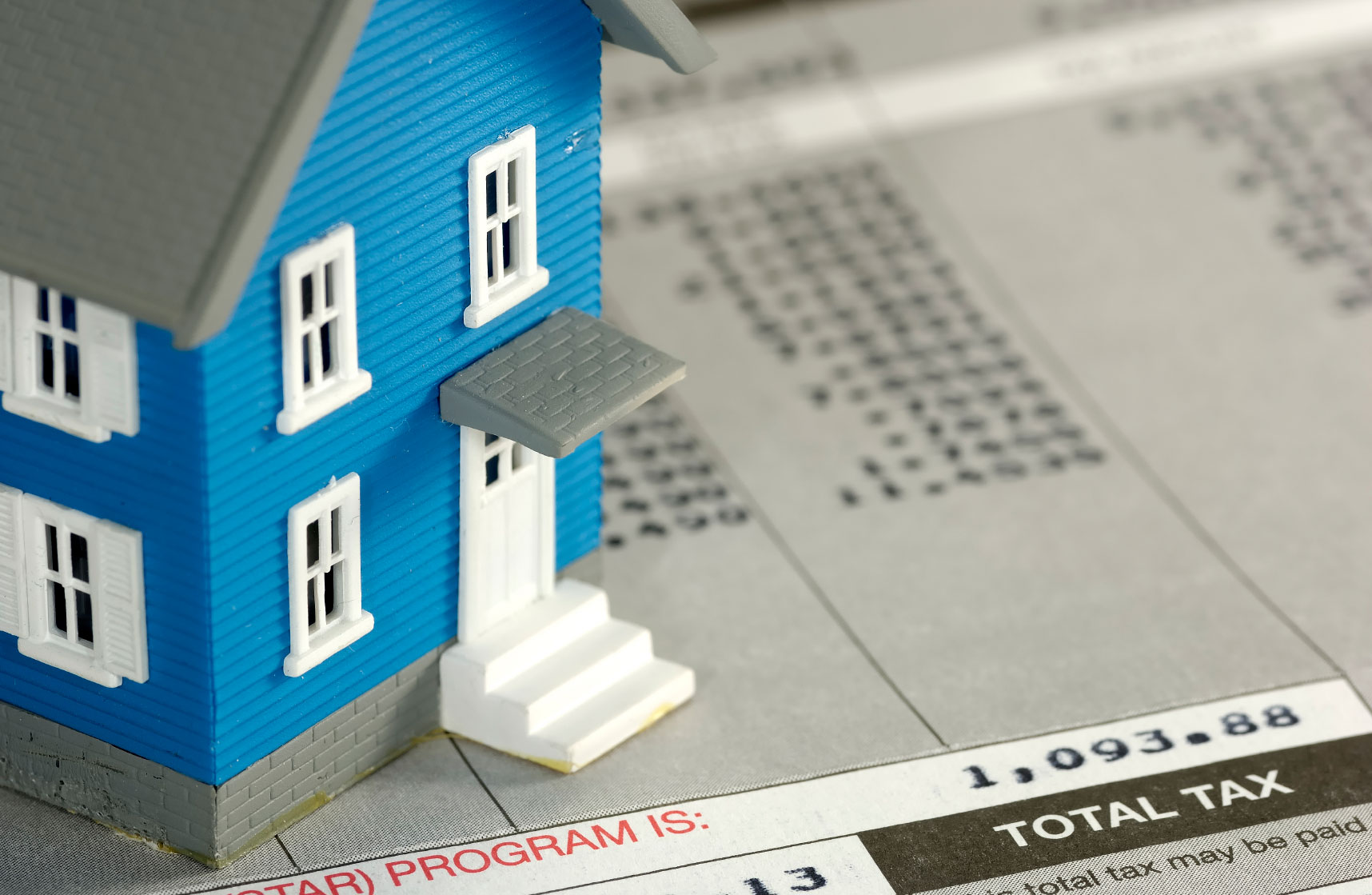
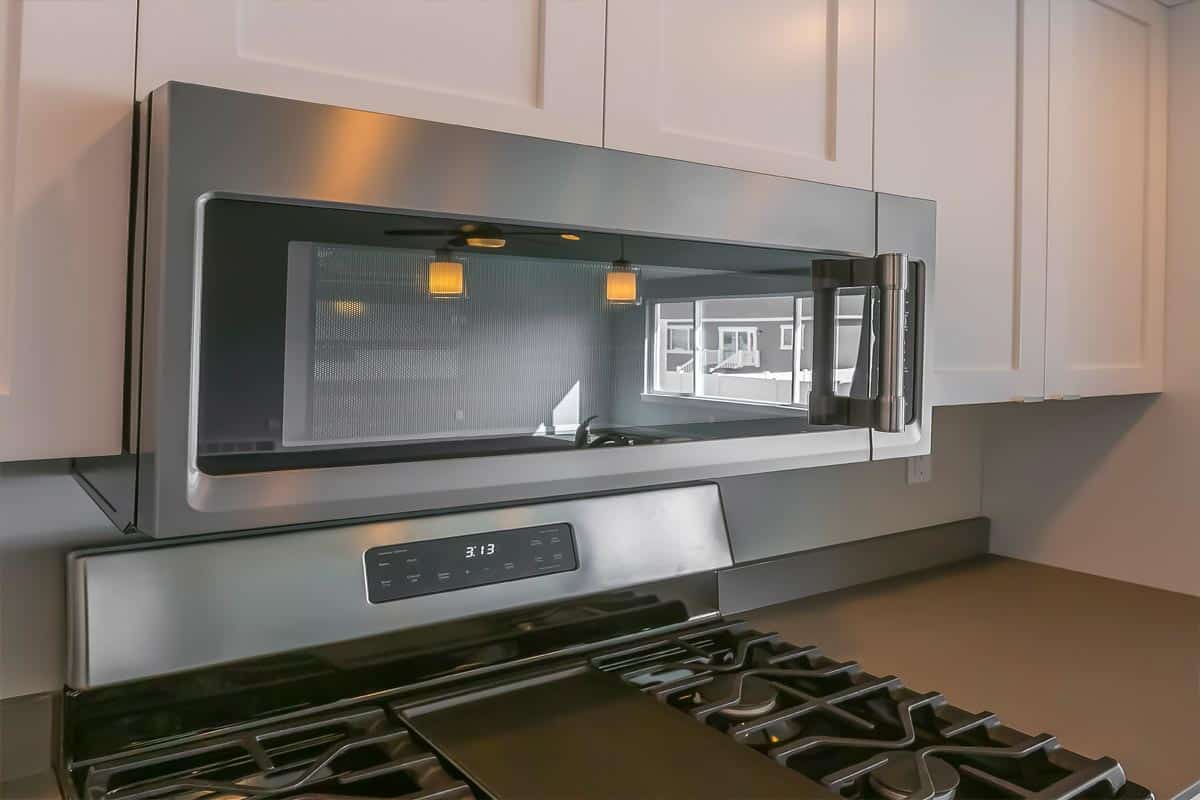

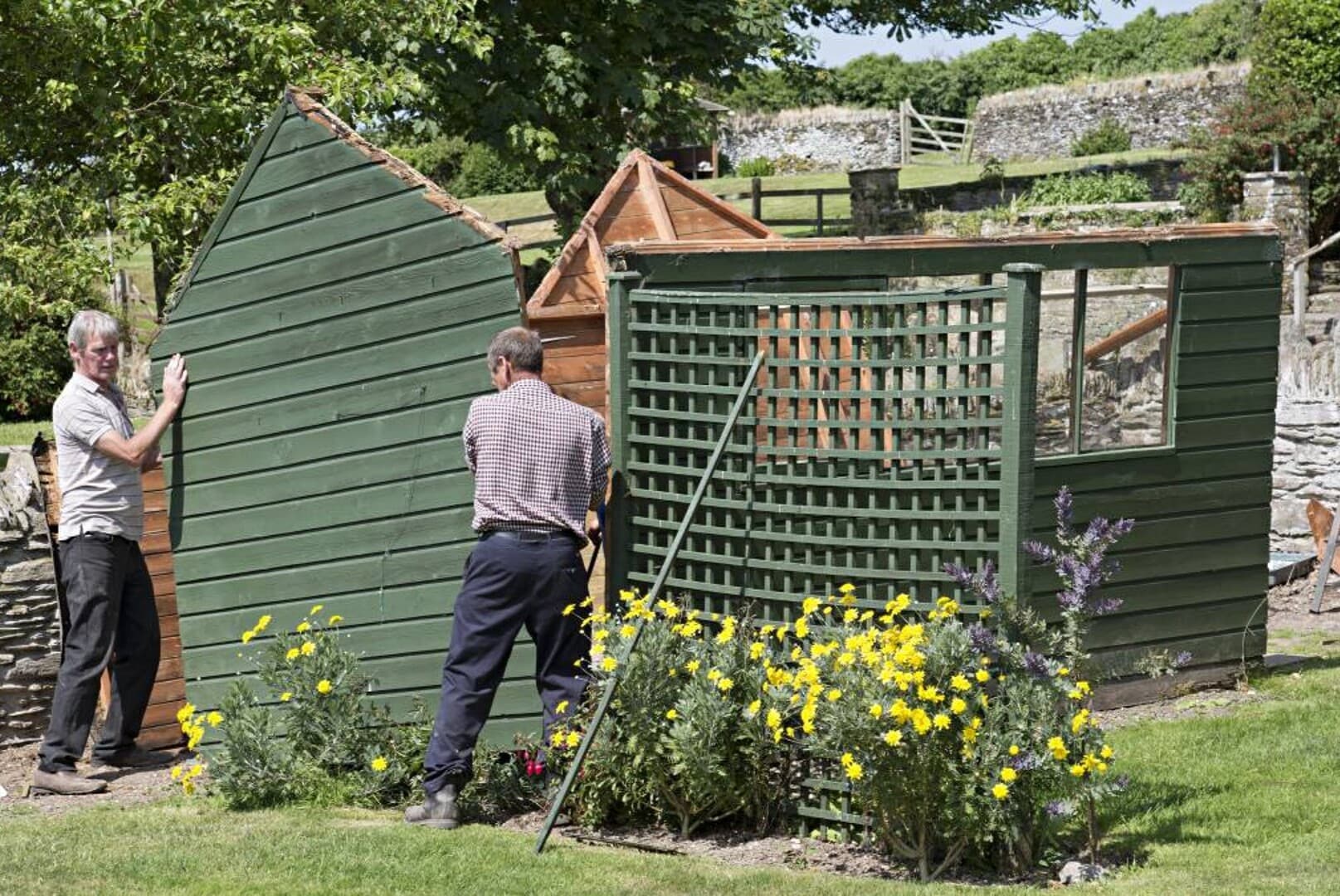
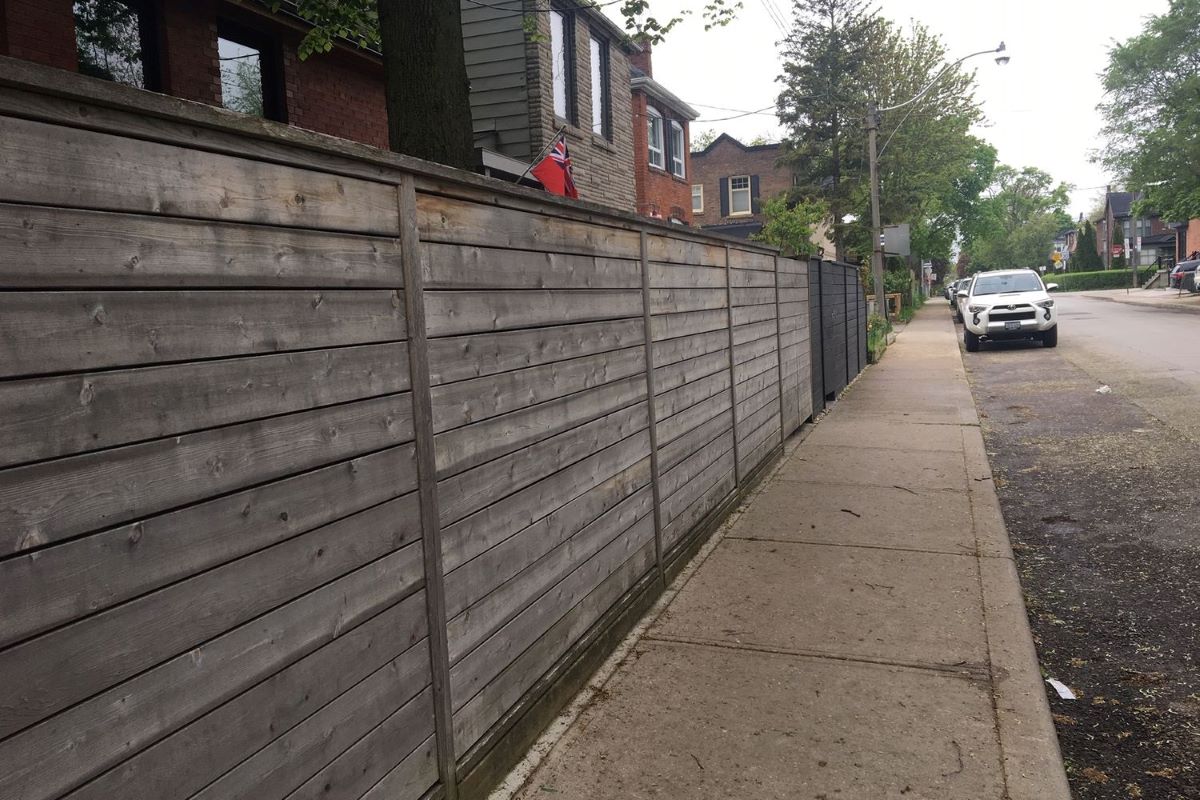

0 thoughts on “How Close Can A Shed Be To The Property Line”